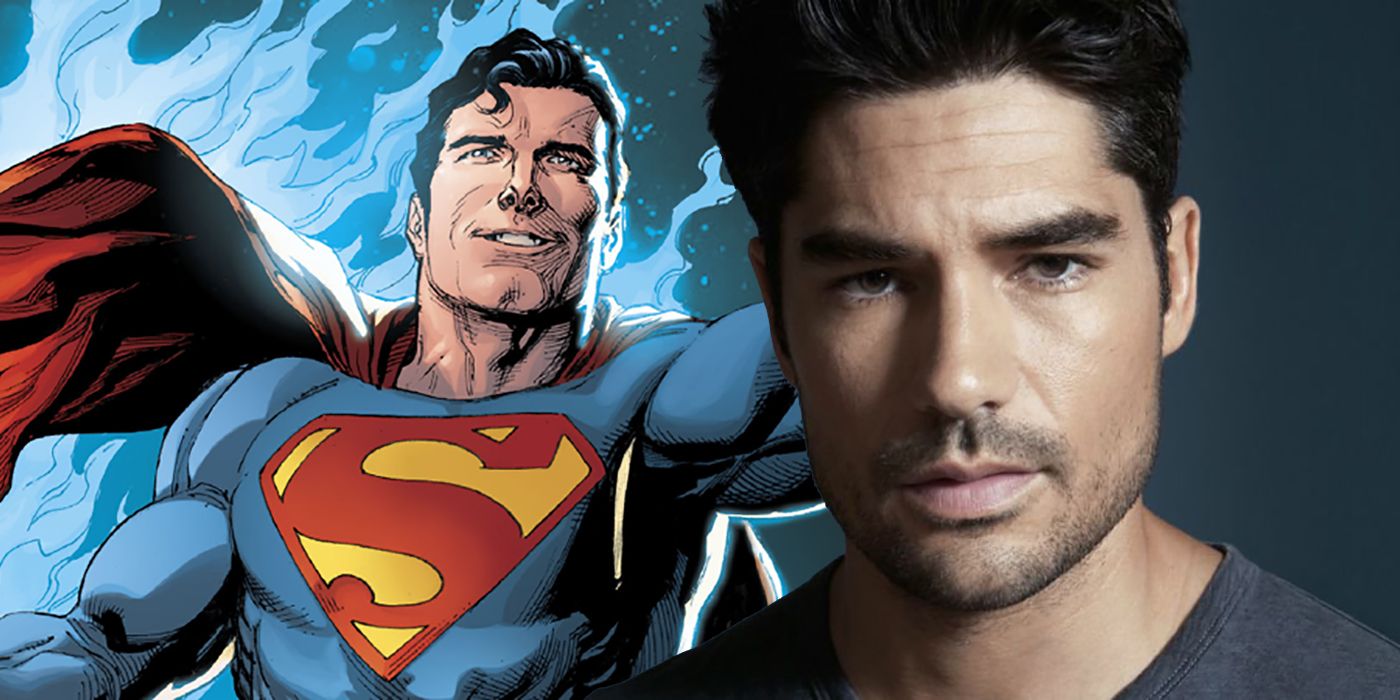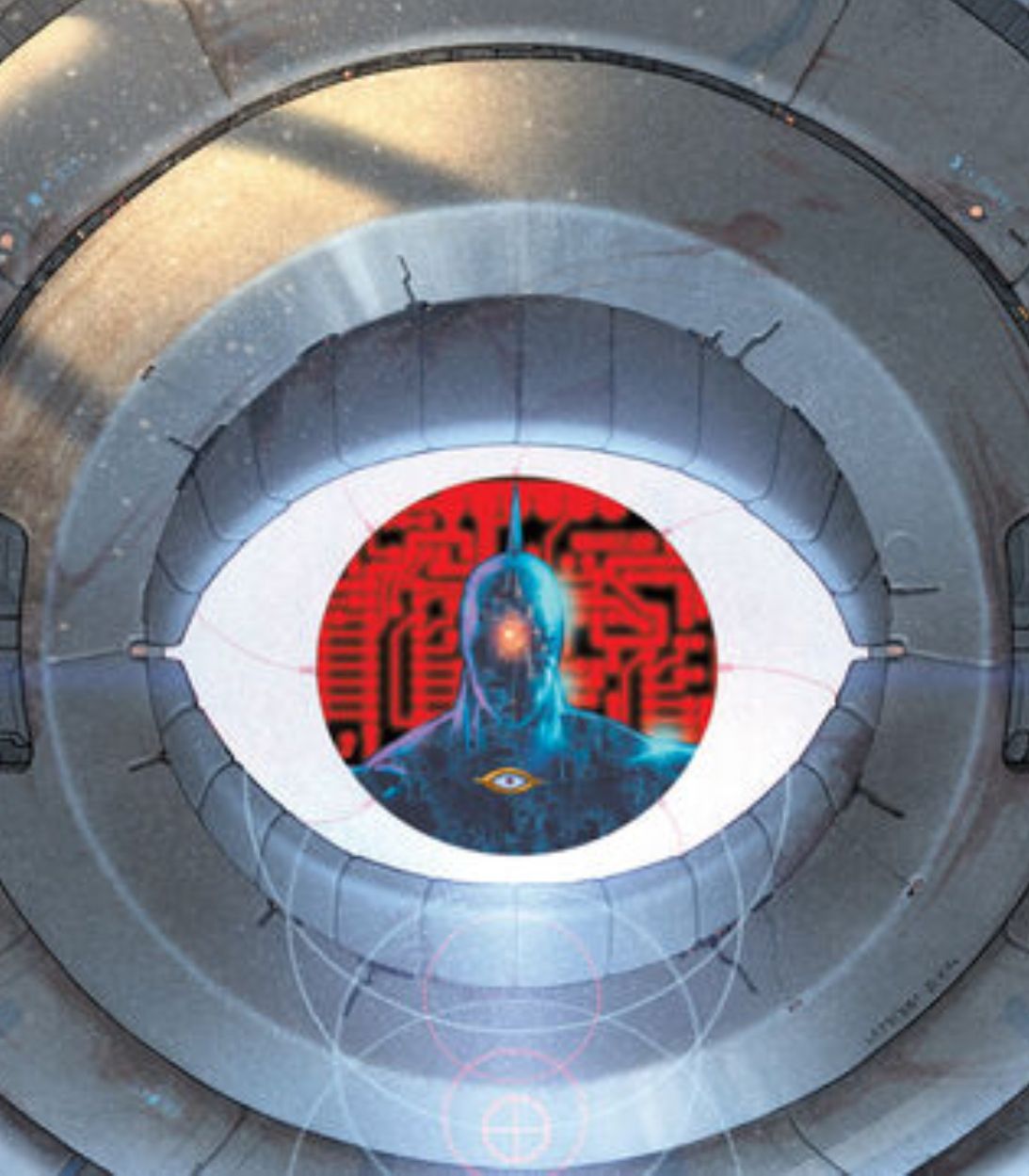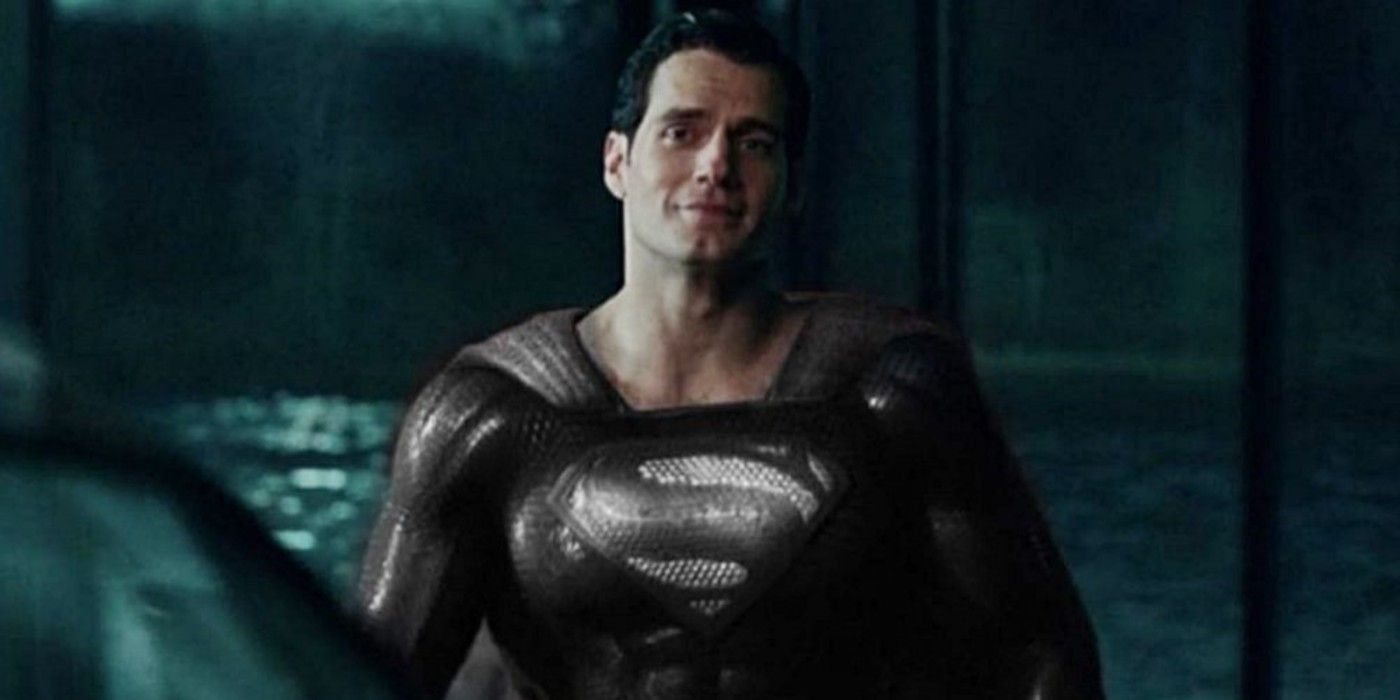Welcome to the eleventh installment of Page One Rewrite, where I examine genre films that just couldn’t make it out of development hell. This week, a film that was so close to production a director, cast, costumes, and shooting locations had already been selected, yet something as seemingly trivial as international tax incentives killed the project. The movie, written by Michele and Kieran Mulroney and directed by George Miller of Mad Max fame, was Justice League Mortal.
Filming was slated for 2007 on the film, meaning Justice League Mortal likely would've been released in the same summer season that brought us Iron Man and The Dark Knight. And though Christian Bale earned praise for his portrayal of Batman during this era, and Brandon Routh had recently starred as Superman in Bryan Singer's Superman Returns, Warner Bros. pursued an entirely new cast for Justice League Mortal.
Miller desired a young cast that would "grow" into their roles over the course of numerous films. D. J. Cotrona was cast as Superman, along with Armie Hammer as Batman, Australian actress Megan Gale as Wonder Woman, Common as Green Lantern, Adam Brody as The Flash, Anton Yelchin as Kid Flash and Hugh Keays-Byrne as Martian Manhunter. The remaining League member in the film, Aquaman, was apparently never cast, though some rumors have Chilean actor Santiago Cabrera in the role. The villains Talia al Ghul and Maxwell Lord were to be played by Teresa Palmer and Jay Baruchel, respectively.
Some costume tests and production art have leaked over the years. Most are comics-accurate, but we already see an unwillingness to give Superman his "red underwear."
The script takes no shortage of inspiration from the comics; specifically, the storylines JLA: Tower of Babel, and the Superman: Sacrifice arc that led into the Infinite Crisis event. It's so accurate to the mid-aughts era of DC, Aquaman even has the water-hand he briefly sported during the decade, in the days between the harpoon hand and the return of his, well, hand-hand.
The script opens on a black rendition of Superman's famous emblem. We soon learn he's attending a funeral for a fallen member of the Justice League. We're led to believe it's none other than Batman, who's conspicuously absent. As the fallen hero's coffin enters the grave the story flashes back to "two days ago."
The world of the film is established. The Justice League have existed for years, but have apparently disbanded as Earth has become rather safe and boring. Batman, now even more withdrawn than usual, has retreated to his Batcave, where he monitors the world's superbeings with the use of his satellite, Brother Eye. It's an unusual take for a film adaptation, where typically origin stories and contrived explanations for the "reality" of the superheroes are a priority. Here, it's a world where heroes have long histories with one another, and the general public has already embraced their existence.
In fact, there's even a superhero themed restaurant named Planet Krypton in Justice League Mortal, where servers cosplay as famous heroes. Its owner, Maxwell Lord, is a prominent businessman and contemporary of Bruce Wayne. We first suspect something's fishy with Lord when he attends Bruce's birthday party and brings along Talia al Ghul. Talia doesn't hide her contempt for Bruce, who she resents for embracing solitude, even after her father no longer stood in their way.
We eventually learn Talia and Lord have joined forces to systematically destroy the Justice League. Their scheme involves implanting the members with robotic bugs that either telepathically assault the League or disrupt their powers, creating situations where Martian Manhunter is set ablaze any time his skin is exposed to oxygen, and Aquaman grows suddenly afraid of water.
One unusual deviation from the comics canon is the portrayal of Barry Allen as the Flash. Even though his origin and status quo are the same (right down to the ring that magically houses his costume), and he's even married to Iris West, Barry's portrayed as the rookie fanboy of the team. He's a local crimefighter who's only now encountering the League. Using Barry as the viewer identification figure is especially odd when Wally West is also here, portrayed as a teenager with his own Flash costume, speed powers and a desire to join his heroes in the League.
After each member, with the exception of Wonder Woman, is humbled by Lord, his master plan is revealed. Lord resents the gods he lives amongst for failing to protect him as a child, when he was a subject of the government's OMAC Project. OMAC began as a means to create super-soldiers in World War II, before evolving into cybernetic experiments on children in the 1970s. Lord is the last survivor of the experiments and is now determined to kill the League.
Talia reveals she exploited Batman's confidence to gain access to the Batcave months ago, providing Lord with a link to Brother Eye. Lord now has Batman's detailed profile of each member, including plans to potentially kill them if they were to ever turn against humanity. Lord explains he isn't merely a creation of OMAC, he is OMAC now, transforming into a cybernetic monstrosity. Lord telepathically convinces Superman that Lois Lane has been murdered by the League, turning an enraged Superman against his teammates. Lord also reveals his Planet Krypton meals have been infecting the public, creating now an army of newly activated OMAC cyborgs. Humans have become gods.
More craziness ensues. The mind-controlled Superman apparently kills Talia after she turns on Lord. And, much like the comics, Wonder Woman is in a position where she must kill Lord to prevent more deaths. When she refuses, Batman snaps his neck instead. Then, Lord merges with the not-quite-dead Talia and Brother Eye to become an even more monstrous OMAC, before infecting Flash and morphing him into OMAC Ultra, the deadliest OMAC, twice as large as the others and colored blood red.
Flash pushes his powers to the limit, attempting to fight off Lord's programming. He travels into the Speed Force, ridding the world of OMAC Ultra, foiling Lord's plan, but unfortunately sacrificing his life in the bargain. Wally adopts his uncle's costume and is inducted into the League, leading us to the opening scene's funeral. Batman refuses to attend the service with the others, too ashamed to face them. The team soon reconciles with Batman, however, just in time for the heroes to reunite and stop the approach of the interstellar menace, Starro The Conqueror.
FAN SERVICE
Superman takes the League to his Fortress of Solitude, which features comics-accurate statues of Jor-el and Lara-el. We also have a montage of Batman's weakness ("love"), which includes Julie Madison, Silver St. Cloud, Vicki Vale, Catwoman, Poison Ivy (!) and Talia.
NON-FAN SERVICE
The movie indulges in some of the once-trendy Aquaman mockery. This version hates his superhero name: “Don’t call me that! ‘Aquaman.’ The Airbreather’s name. It’s demeaning. Juvenile," he declares. He's referred to as King Arthur for much of the script, before deciding at the end he's okay with Aquaman. Additionally, Wally isn't fond of "Kid Flash" and would rather be "Flash Two" or "Flash Junior."
We also have numerous jokes at the expense of Wonder Woman's "skimpy" costume. Flash suggests she might consider wearing pants -- something DC attempted only a few years later, when the character nearly starred in an NBC series.
THAT’S JUST WEIRD
It's implied in one scene of Justice League Mortal that Barry and Iris enjoy some form of foreplay that involves him vibrating his body through hers.
PULLED FROM THE SCRAPS
Oddly enough, Batman V. Superman: Dawn of Justice also features a human antagonist who carries a seething hatred for the gods amongst him. And Justice League also has an extended fight scene between the League and Superman.
DID WE DODGE A BULLET?
The eventual Justice League film didn’t exactly please either divide of the superhero movie fanbase. The final cut was essentially a popcorn film, with the darkness of Zack Snyder’s original vision awkwardly scrubbed to create a pale imitation of a family-friendly Marvel Studios blockbuster. Would this make for a more satisfying film?
Truthfully, Justice League Mortal feels about as deep as, say, Batman Forever. There’s a sense the creators know they must at least introduce deeper themes than “hero beats up villain,” but don’t truly know where to go with them. Exploring the concept of humans living amidst gods is promising, especially when you consider the power levels of most established DC heroes, but it’s hard to argue there’s an awful lot of depth here. Given the concurrent Batman films from Christopher Nolan, which used the character to explore not only Bush-era politics but the intrinsic complications of vigilante justice, this is perhaps thin material.
The character arcs also feel lacking. Flash has a private joke with his wife that he knows he can’t save the world, but ends up doing just that. Wally goes from teen superhero fan to actual hero. Batman recognizes denying his humanity has become his own weakness. Aquaman’s grumpy, then he isn’t. Nothing truly bad, but the arcs come across as if a “character development” box is being checked before the story moves on to the next action sequence.
Still, this feels like it would’ve been more enjoyable than the 2017 film. It’s unapologetically taking place in a world where everyone accepts the existence of superheroes and there’s no point wasting time obsessing over origins. You either buy the shapeshifting telepathic Martian or you don’t. George Miller likely would’ve created, at the very least, an entertaining action film. There are plenty of chances for him to experiment with cool visual effects (like when Flash experiences the screwy time physics of the Speed Force) and it’s not as if you can accuse the script of being ponderous or pretentious. It’s not a brilliant story, but with the right performances and visual styling, this could’ve made for a solid opening for a franchise. How this could’ve coexisted with not only the Nolan films but the methodical worldbuilding of the Marvel movies, though, is hard to imagine.
Hey, my latest paranormal novel Love is Dead(ly) is now on Kindle Unlimited! Find out what happens when a cocky psychic finds himself trapped in the afterlife with the ghosts he's been chasing!



